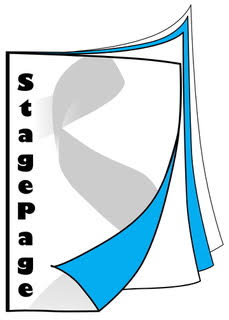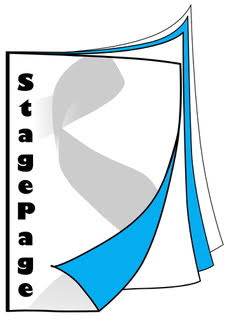From splendid to surreal: reflections of a weekend at an online national singing conference
/From last Friday evening until late Sunday afternoon, I was online on my laptop, attending the 2020 ANATS National Conference. This conference of Australian singing teachers was originally planned for Adelaide, but after Covid-19 rendered a face to face conference out of the question, the planning shifted to a virtual conference. I was part of the organising committee and therefore experienced the weekend both as a delegate and organiser.
Conferences are certainly not new to me; over my 30+ years of singing teaching I have attended many, both nationally and internationally. I have assisted in the planning and running of several. But this was my first fully online conference.
It was refreshingly relaxing not to have to pack a suitcase and race to the airport after teaching classes up to the last moment. But I missed the flying and the opportunity those few hours in the air give to separate oneself from work at home and into conference mode. For the same reason, I missed the whole hotel experience – the catchups with colleagues over breakfast, late night drinks in the bar while going over the next day’s schedule and so on.
We did have a welcome reception on Friday evening. When planning for a conference in Adelaide, the Beatles famous appearance there in the 1960s, provided a theme. One venue which was considered in the early stages of planning was the Adelaide Town Hall, on the balcony of which the Beatles famously appeared on June 1964, to the largest crowd of fans of their Australian tour. Thus, the conference title “Come Together” was born and even when the conference planning moved towards an online format, the title and theme remained.
At the welcome reception, delegates changed their computer screen backgrounds to Beatles themes, dressed in Beatles and / or 1960s inspired costumes and poured their own drinks at home. The inimitable Pat Wilson wrote and performed (with a little help from music theatre students at Elder Conservatorium) a song welcoming us all to the conference and showing us what we were missing in Adelaide. Delegates turned off their mics and sang along to “Come Together”. Random break-out rooms were created twice during the reception so that delegates could chat in small groups. This was a very popular activity. Vocalocity – Amelia Nell’s singing ensemble from the Blue Mountains, sang for us and provided a link between the previous conference and this one. Another link was provided by a video of the song composed by Di Hughes for, and recorded at, the previous conference in 2018.
An important aspect of any conference is the networking that happens during meal breaks and various social activities. The Beatles theme provided some opportunity to engage in asocial way despite being online; for example there was a photo competition for the best photo referencing to a Beatles song. Delegates were very creative with their photo submissions.
The conference took place over a conference app – Whova – with Zoom used for larger sessions. Delegates engaged easily with the app and were able to send messages to presenters and other delegates during sessions and throughout the conference. Similarly, the Chat function on Zoom was used both for personal messages and professional questions. Most of the keynotes were delivered live but papers and other presentations tended to be pre-recorded.
The 3 keynote speakers came from the USA, UK and Australia and during their sessions I felt a strong sense of being at the conference. But at the morning tea, lunch and afternoon tea breaks, it felt surreal to duck out and into my own kitchen to boil the kettle. I missed the chat with conference friends and colleagues.
On the Saturday afternoon (we were 2 hours behind in WA) delegates from WA gathered at a bar in South Perth for a conference get-together. That was fun and a chance to chat with colleagues. Interestingly, many had not yet watched any of the conference. With the conference app, all sessions will be available for one month after the conference. The upside of that is that, unlike face to face conferences when one has to choose between concurrent sessions, with this one, all sessions can be watched eventually.
Overnight on Saturday, some Australian states moved into daylight saving time. That meant that in my state of WA the Sunday 9.30am session started at 6.30am. Differing time zones is certainly an issue to be considered in virtual conferences.
This conference attracted around 300 delegates which is big for an ANATS conference. We had delegates from New Zealand and the USA – again unusual. Management of large groups online can be challenging; for example in the special interest group which I chaired, there were 4 screens of participants and I found it quite stressful to constantly scroll across screens to spot delegates with hands raised to speak, while at the same time focussing on the discussion.
In a post - Covid world there is likely to be an appetite for more online conferences – or at least an online option or component in future conferences. Just as teachers have upskilled in online teaching this year, I am sure we will all become better at engaging in the virtual conference world.





